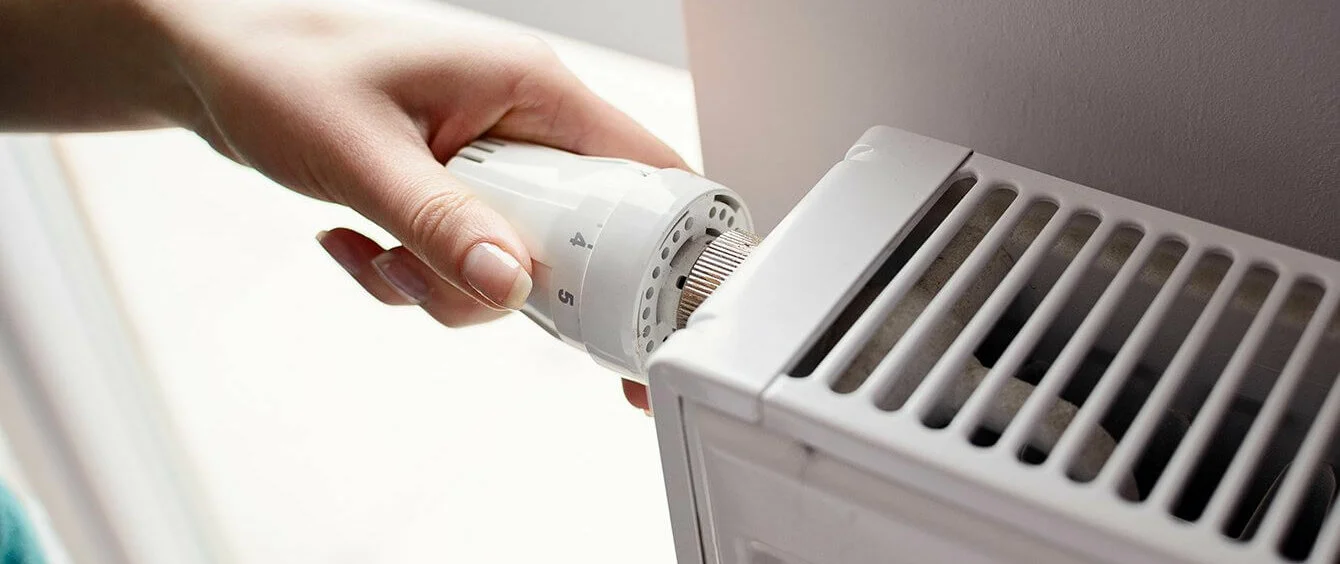The importance of a broadly diversified energy mix for ensuring security of supply in critical situations was underlined by developments in the winter of 2017/2018. Despite a long period of cold, there were no major supply bottlenecks or price increases in Germany or Europe.
Demand for gas increases when temperatures are low, and, when the temperatures fall below freezing, demand surges. After all, everyone wants to stay warm and comfortable. And that requires a lot of gas for heating. Germany is a good example: almost 50% of households use gas for heating. Across the EU, the consumption of natural gas in the three winter months of December, January and February is almost twice as high as it is in the summer months of June, July and August. But there are significant fluctuations in demand even during the colder part of the year. In Germany, the gas networks normally supply a little more than 1,000 GWh per day. During the cold spell in February and March 2018 this increased to as much as 3,000 GWh at times.
The cold lasted for so long that reserves of natural gas in Europe fell to unusually low levels. Russia was obviously delivering volumes close to its capacity limit, but also had to satisfy huge domestic demand. Short-term prices skyrocketed at major gas trading hubs, even though European utilities provided such large volumes of stored gas that the available storage facilities were almost empty at the end of the winter.
In Great Britain, major gas consumers had to temporarily cut back their consumption, although there was no additional demand for gas from power stations, as ample amounts of power from nuclear and coal-fired plants were available.
Coal, wind and nuclear prevented shortages
In Continental Europe, gas-fired power plants were hardly needed during the cold snap. There was sufficient generation from coal and nuclear power, supported by wind energy, to cover most of the demand. But this was due to a fortunate set of circumstances, because wind levels are often low during periods of cold weather.
If it had been necessary to use gas-fired plants to generate electricity, the shortage of gas would have been severe. One unanswered question is to what extent the gas grid operators would have cooperated in such a critical situation. If gas-fired power stations are necessary for electricity generation during cold periods, the gas prices, which are already high, increase even more, which in turn leads to higher short-term prices for electricity. Without enough power generation from wind, prices would have probably risen to around €200/MWh in March, about four times higher than they actually were.
Diversity stabilises supply and mitigates dependencies
The tense situation on the European gas market at the end of winter 2017/18 highlights the close ties between electricity and gas. It also shows the complex and global dependencies on gas suppliers such as Russia, as well as between the importing countries such as Germany and its neighbours.
Ultimately, the cold winter weather demonstrated how important a broad energy mix is in ensuring an affordable, secure supply of energy, especially electricity. However, the latest political decisions in the EU and in Germany aim to reduce the contribution from coal-fired power stations. But without these plants, Germany would have had a hard time maintaining the supply of electricity during the extended period of extreme weather or might perhaps have actually failed to do so. Even if enough gas-fired plants were available, they would not have had an adequate supply of fuel.
Photo credits: plantic, shutterstock.com
